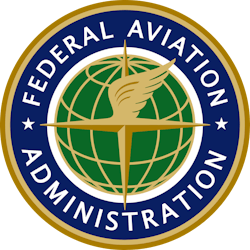FAA to Install New Runway Safety Technology
Austin-Bergstrom, Indianapolis, Nashville and Dallas Love Field will be the first airports in the nation to receive new airfield surveillance systems that will reduce the risk of runway incursions by improving air traffic controllers’ situational awareness.
The Federal Aviation Administration plans to implement the Surface Awareness Initiative (SAI) system at the first four airports by July 2024. Scores of other airports will receive it by the end of 2025.
This is important because: “We’re committed to doing everything possible to make our runways even safer,” said FAA Administrator Mike Whitaker. “This cost-effective technology provides controllers with timely and accurate depictions of aircraft and vehicles on the entire airfield in all weather conditions.”
How it works: SAI uses Automatic Dependent Surveillance – Broadcast (ADS-B) data to display surface traffic to controllers at airports that do not have a surface surveillance tool. Aircraft and ADS-B-equipped vehicles appear as icons on an airport map that depicts runways, taxiways, hold ramps and other areas.
Other runway safety technologies: SAI is one of the three initiatives that make up the FAA’s fast-tracked surface safety portfolio. The other tools are Approach Runway Verification (ARV) and the Runway Incursion Device (RID).
Additional safety actions: Quickly developing and deploying these technologies is one of many actions the FAA is taking to enhance safety and eliminate serious close calls following the Safety Call to Action and release of the Independent National Airspace System Safety Review Team report last year. The FAA is also:
- Increasing air traffic controller hiring, surpassing our goal of hiring 1,500 new controllers in 2023, and hiring 1,800 in 2024.
- Enhancing the Air Traffic-Collegiate Training Initiative to hire more candidates who can begin facility training immediately upon graduation.
- Deploying upgraded tower simulator systems in 95 facilities across the country by the end of 2025.
- Holding regular runway safety action team meetings at airports across the country.
- Investing millions of dollars for runway lighting and surface improvements at large, medium and small airports.





